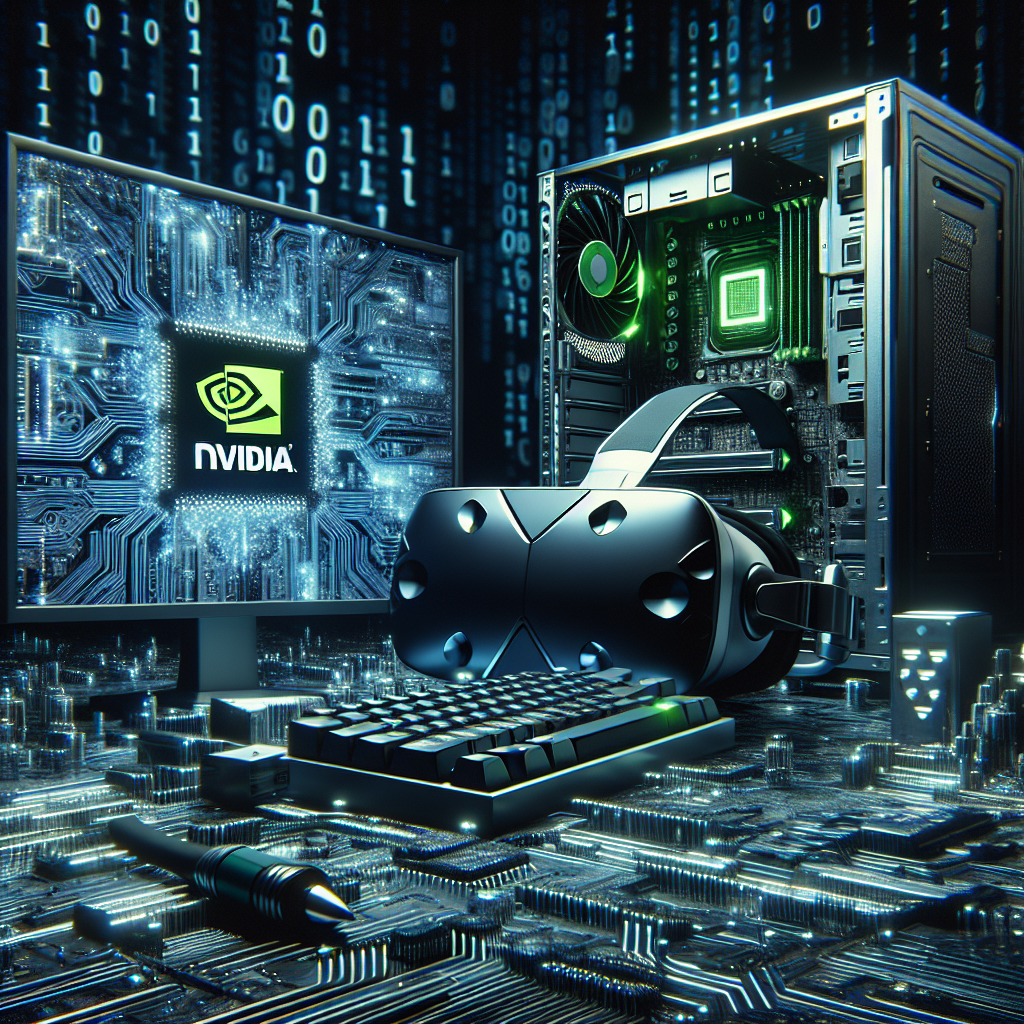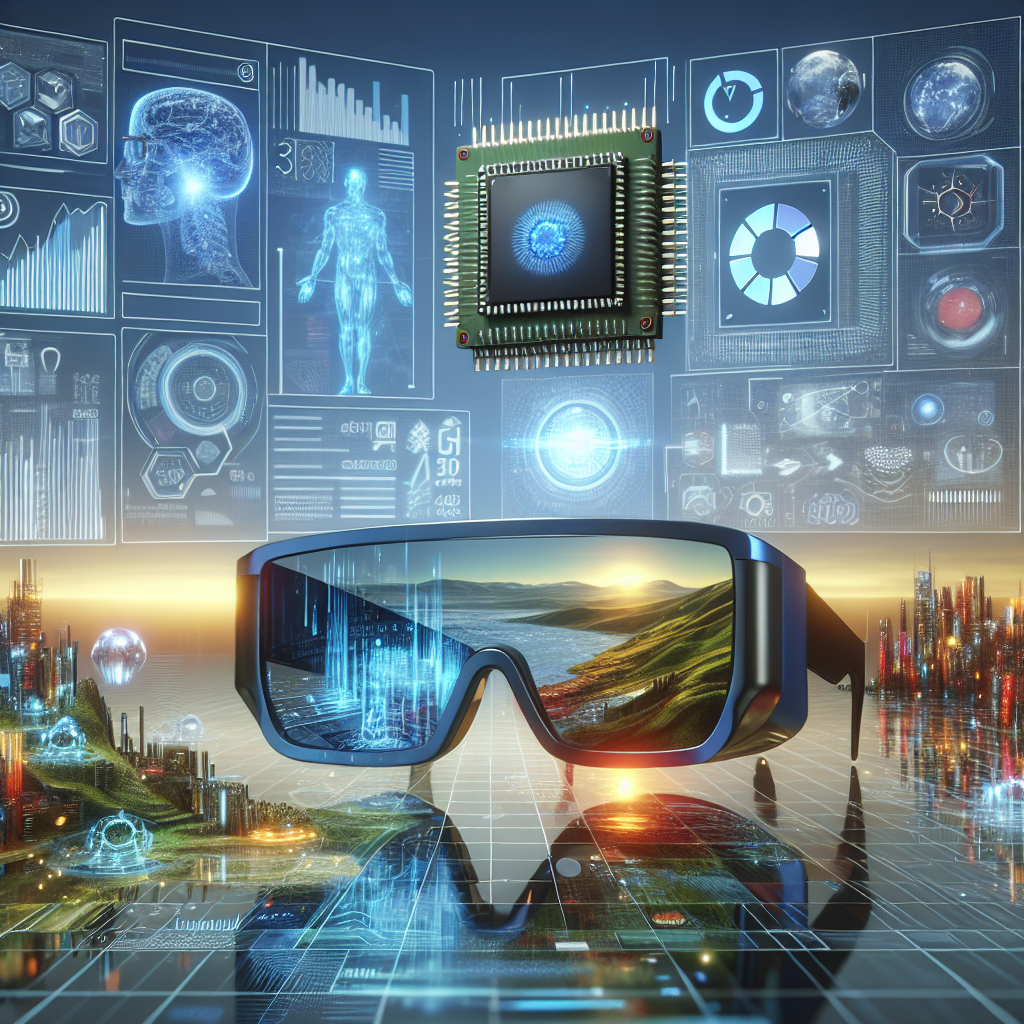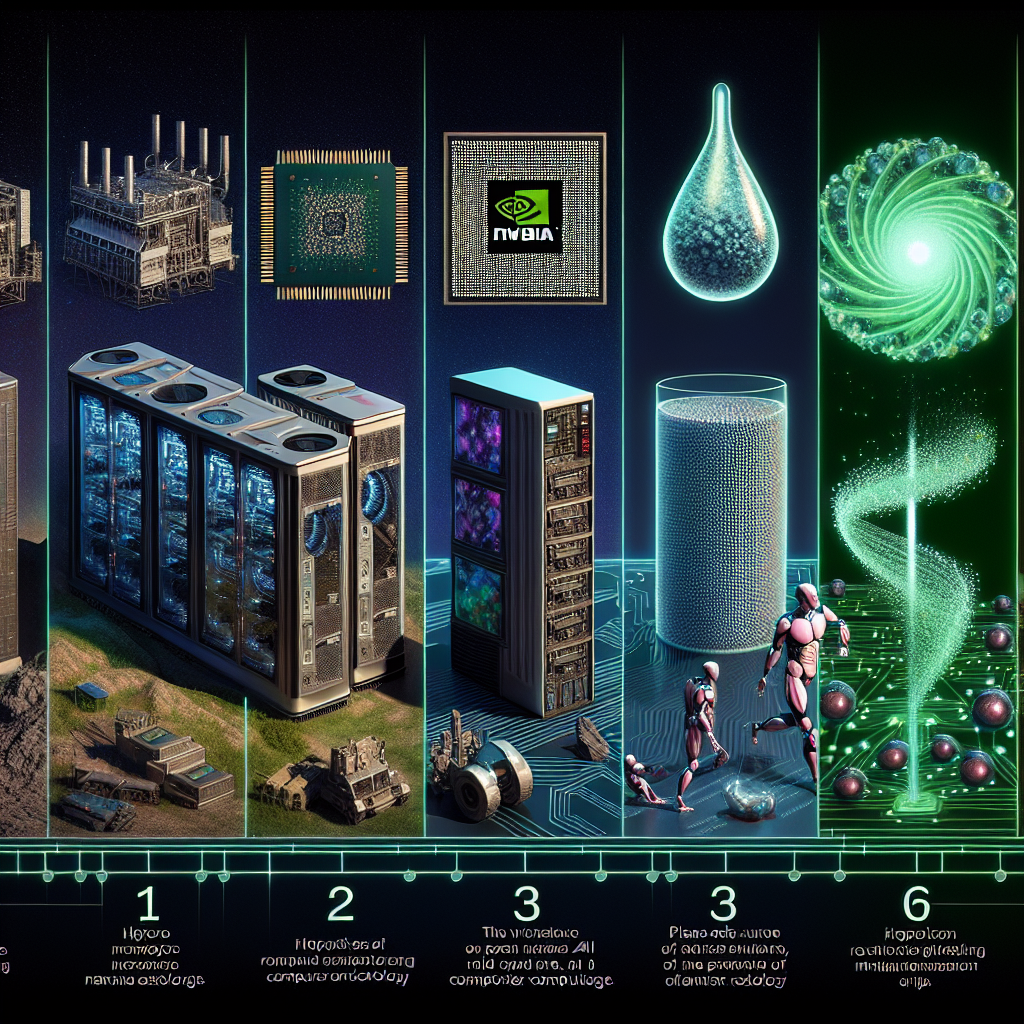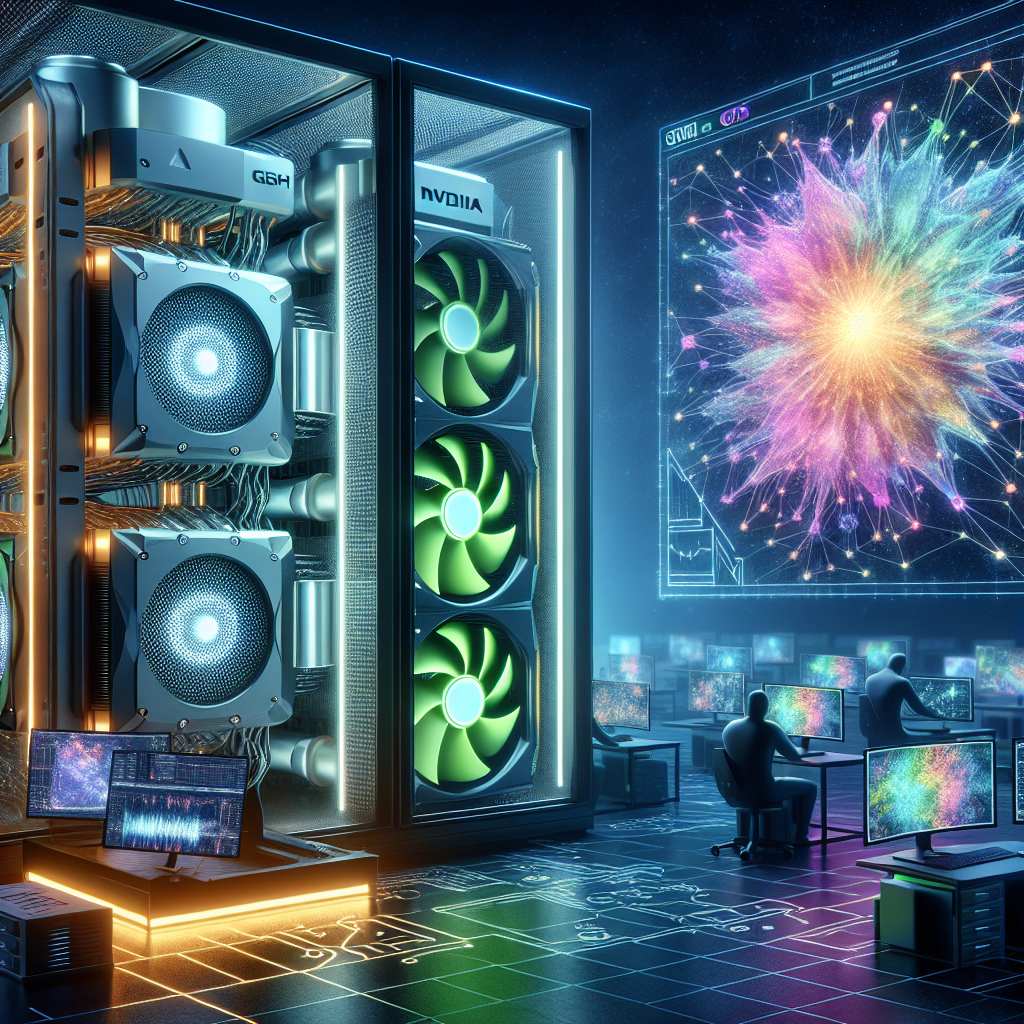Virtual reality technology has been rapidly advancing in recent years, opening up new possibilities for immersive experiences in gaming, entertainment, education, and beyond. One company that has played a crucial role in pushing the boundaries of virtual reality technology is NVIDIA.
NVIDIA is a leading technology company known for its graphics processing units (GPUs) that power many of the world’s most advanced gaming and visualization systems. In the realm of virtual reality, NVIDIA’s GPUs have been instrumental in delivering high-quality, realistic graphics that enhance the immersive experience for users.
One of the key ways in which NVIDIA has advanced virtual reality technology is through the development of its GeForce GTX series of GPUs. These GPUs are specifically designed to meet the demanding performance requirements of virtual reality applications, delivering smooth, responsive graphics that help create a truly immersive experience for users.
In addition to its hardware offerings, NVIDIA has also been a driving force behind the development of software tools and technologies that support virtual reality applications. One such example is NVIDIA’s VRWorks SDK, which provides developers with a comprehensive set of tools and APIs for creating high-quality virtual reality experiences.
NVIDIA has also collaborated with leading virtual reality headset manufacturers, such as Oculus and HTC, to optimize their devices for use with NVIDIA GPUs. This partnership has led to the development of VR-ready systems that deliver a seamless virtual reality experience with stunning graphics and minimal latency.
Furthermore, NVIDIA has been at the forefront of exploring new technologies that could further enhance virtual reality experiences. One such example is the company’s work in the field of ray tracing, a technique that simulates the behavior of light in a virtual environment to create more realistic and immersive graphics.
Overall, NVIDIA’s contributions to advancing virtual reality technology have been significant, helping to push the boundaries of what is possible in the world of immersive experiences. As virtual reality continues to evolve and expand into new areas, NVIDIA’s expertise and innovation are sure to play a key role in shaping the future of this exciting technology.











